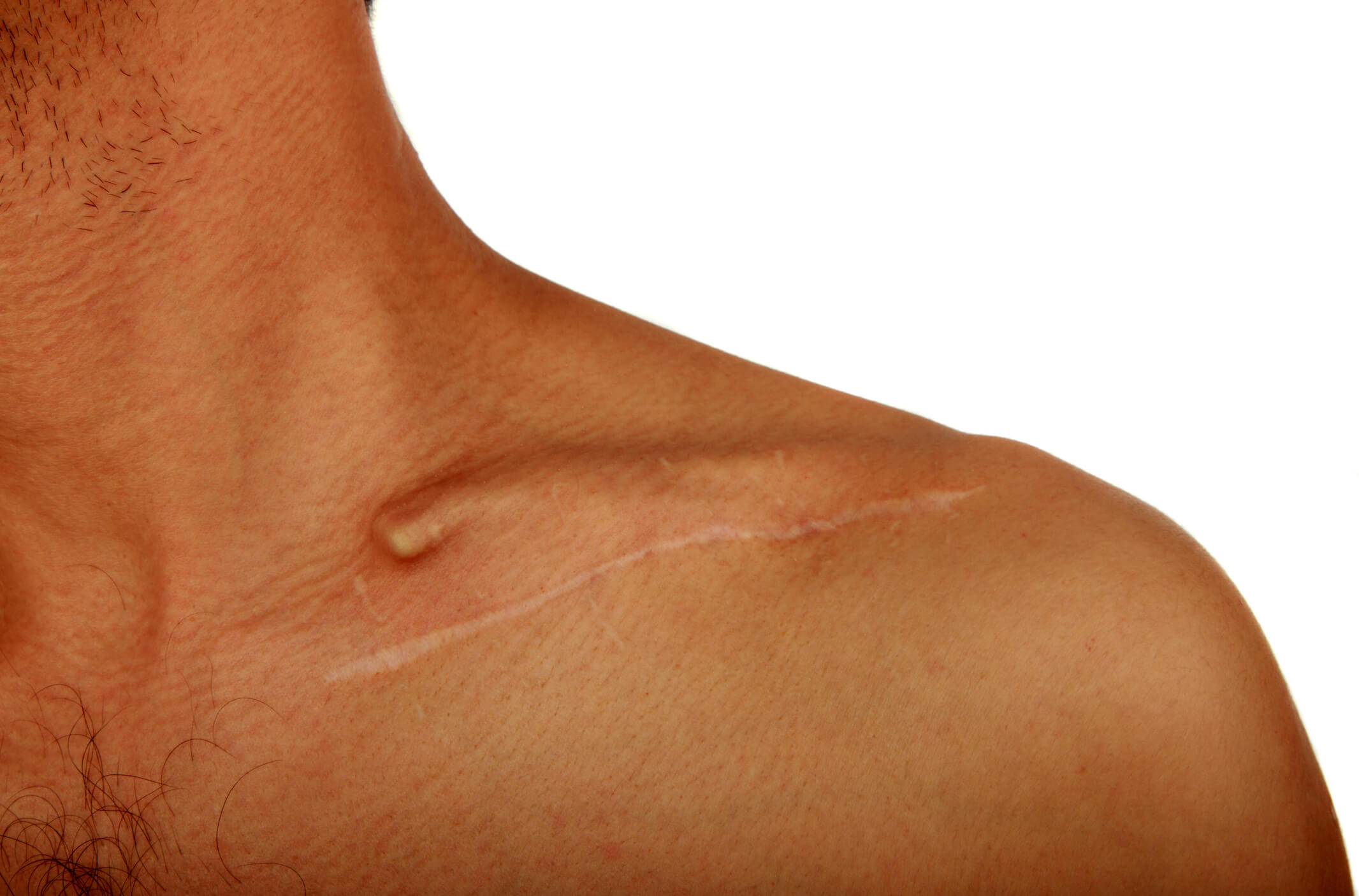Schedule An Appointment With Us
Are Your Symptoms Affecting Your Quality Of Life?
Consult our MOH-accredited orthopaedic surgeon for an accurate diagnosis & personalised treatment plan.
MBBS
MRCSEd
MMED (Ortho)
FRCSEd

The clavicle, commonly known as the collarbone, is a long bone connecting the shoulder to the sternum (breastbone). As a key structural component of the shoulder joint, it not only provides stability but also facilitates the movement of the arm. Despite this role, the clavicle is prone to fractures, particularly when subjected to substantial force or trauma. These fractures occur when the bone is broken, leading to symptoms such as pain, swelling, and limited mobility in the shoulder area.
Clavicle fractures can arise from various incidents, including falls, sports-related activities, motor vehicle accidents, direct trauma, or repetitive use of the shoulder joint. The nature of these fractures varies, with the resulting symptoms and treatment options depending on the severity and location of the break.
Clavicle fractures can result from a variety of circumstances:
The symptoms of a clavicle fracture typically manifest immediately following the injury and can include:

The process of diagnosing a clavicle fracture involves several steps:
Various non-surgical methods are available for treating clavicle fractures. The choice of treatment depends on the fracture's severity and location.
Immobilisation |
For non-displaced or minimally displaced fractures, shoulder specialists may suggest immobilisation using a sling, figure-of-eight brace, or shoulder immobiliser. These devices support the arm and shoulder, allowing the fracture to heal naturally over time. |
Pain Management |
Over-the-counter pain relievers or prescribed analgesics may be recommended to manage discomfort during the healing process. |
Physical Therapy |
Once the fracture begins to heal, physical therapy is initiated to restore range of motion, strengthen shoulder muscles, and promote full functional recovery. |
Surgical intervention may be necessary for certain clavicle fractures, particularly when the fracture is displaced, open, or fragmented.
Surgery involves both the realignment of fractured bone pieces and their stabilisation. This is typically done using hardware such as plates, screws, or pins, which hold the bone fragments in place to promote proper healing.
Schedule An Appointment With Us
Consult our MOH-accredited orthopaedic surgeon for an accurate diagnosis & personalised treatment plan.
While clavicle fractures often occur suddenly, some strategies can help reduce their risk:

MBBS
MRCSEd
MMED (Ortho)
FRCSEd
With over 20 years of experience, Dr Poh Seng Yew is an orthopaedic surgeon specialising in hip, knee, shoulder and elbow surgery, sports medicine, and trauma surgery.




Weekdays: 9.00am – 5.00pm
Saturdays: 9.00am – 1.00pm
Sundays and Public Holidays: Closed
Please leave us a message, and we will be in touch with you shortly.
Those with a clavicle fracture should try to limit activities that could exacerbate the injury. This includes avoiding lifting heavy objects, participating in high-impact sports, or performing strenuous movements that strain the shoulder. Consult with a shoulder specialist for personalised guidance on activity restrictions and safe practices during recovery.
It can be painful to move the arm with a clavicle fracture. Initially, immobilising the arm and shoulder can help facilitate healing. Gradually, as healing progresses, light movements of the fingers, wrist, and elbow can help maintain mobility and prevent joint stiffness. A shoulder specialist can offer tailored guidance on safely increasing arm movement.
The healing duration for a clavicle fracture varies, with factors like the fracture’s severity and the individual’s age playing a role. On average, healing takes about 6 to 12 weeks, but some fractures may require a longer period. Complete healing in adults typically occurs within four months.
Most individuals can regain full shoulder function after a clavicle fracture with proper treatment and rehabilitation. Physical therapy can help restore the range of motion, strength, and flexibility of the shoulder joint. Adherence to the recommended rehabilitation programme and exercises is intended to aid in recovery.
While most clavicle fractures heal without long-term complications, some individuals may experience residual pain, limited shoulder mobility, or a visible bump at the fracture site. Rare complications include malunion or nonunion of the bone. Regular consultations with a shoulder specialist can help manage the risk of complications.